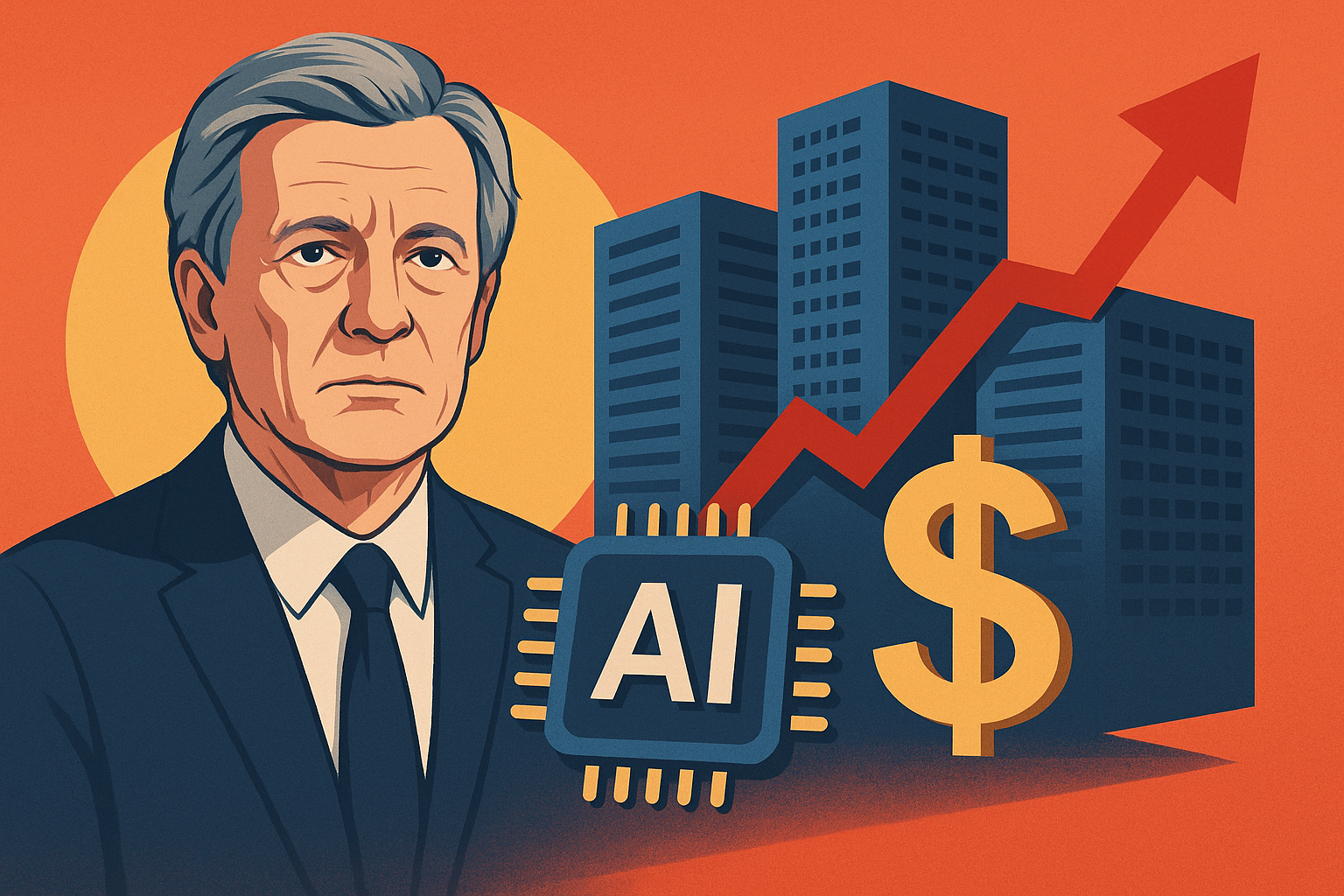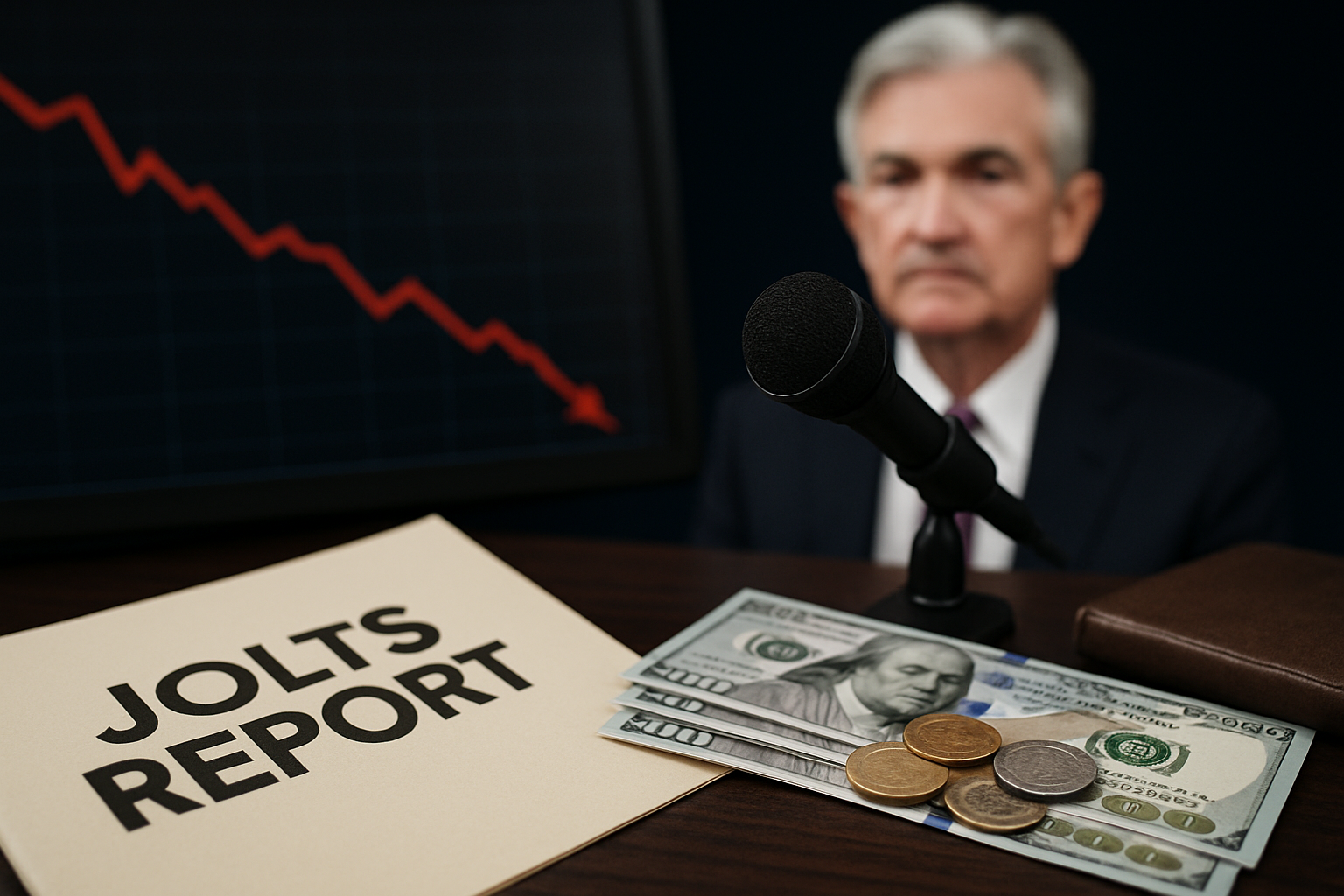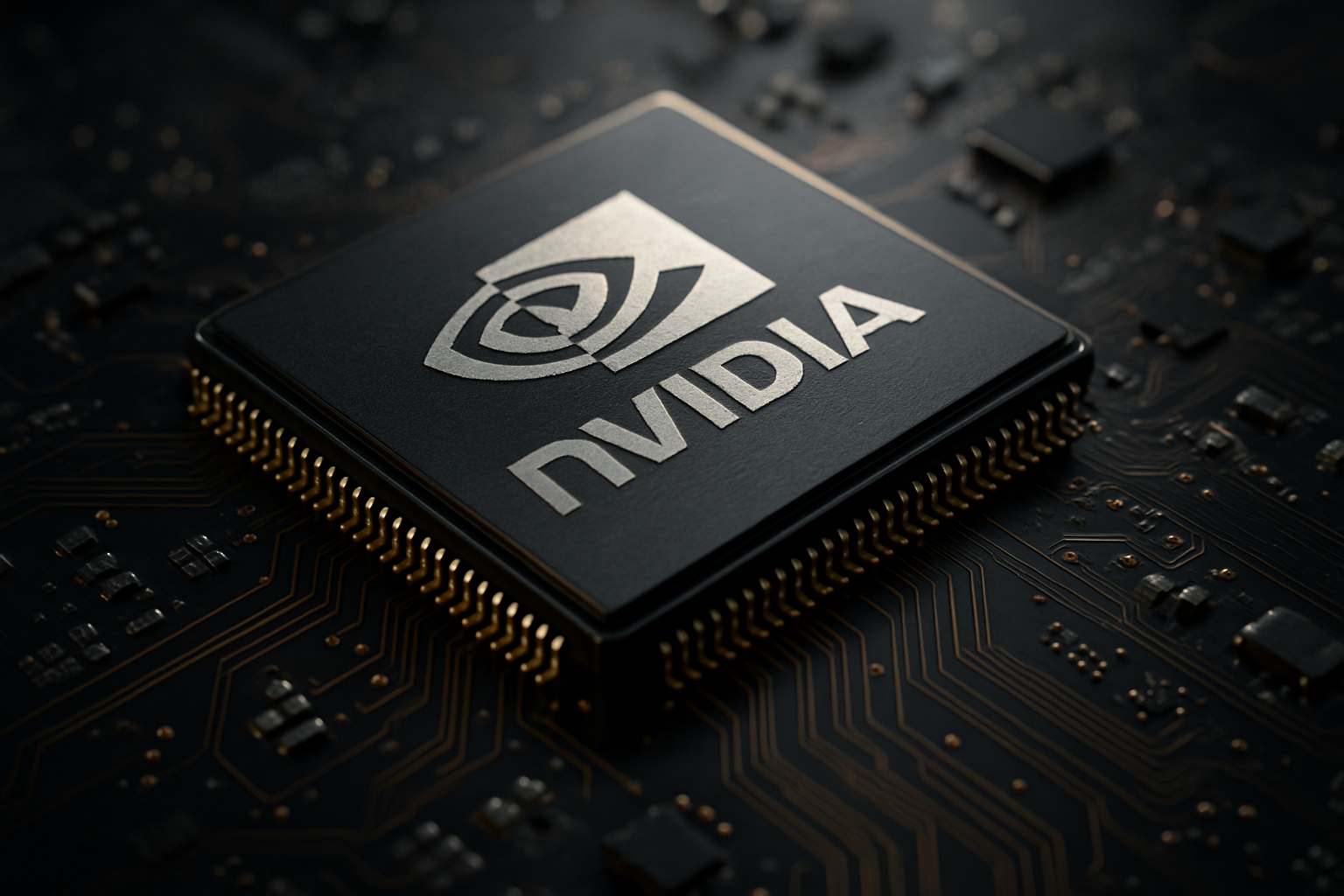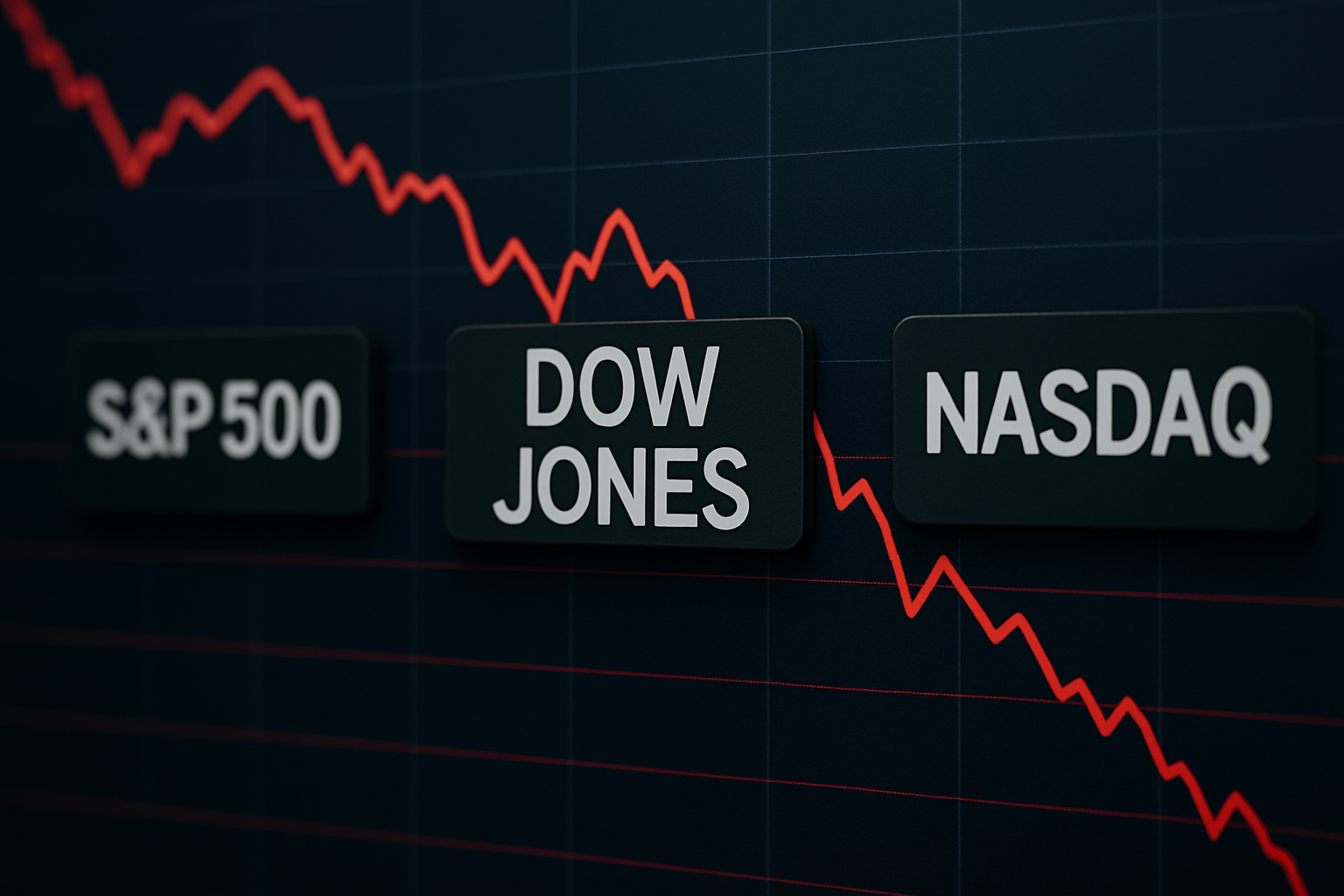Artificial intelligence has been the hottest trade of 2025. From chipmakers to cloud providers, valuations have soared as companies race to stake their claim in what many see as the defining technological shift of the decade. Yet as the euphoria builds, one of Wall Street’s most seasoned voices is flashing a caution light.
Bill Gross, the legendary bond investor often dubbed the “Bond King,” recently warned that some of the largest tech names—Amazon, Meta, Microsoft, Oracle, and others—may be engaging in “malinvestment.” His concern: companies are pouring tens of billions into data centers, chips, and servers with the expectation of inevitable dominance in AI. If those returns fail to materialize, today’s eye-watering valuations could come under pressure.
Gross’s remarks, highlighted by Business Insider, arrive at a moment when investor enthusiasm for AI is shaping nearly every corner of the equity markets. But they also underscore a growing question: are AI giants spending wisely, or are they fueling an unsustainable bubble?
Why This Matters for Investors
The numbers speak for themselves. According to Bloomberg, the “Magnificent 7” tech giants have collectively pledged over $250 billion in capital expenditures in 2025, much of it earmarked for AI infrastructure. Microsoft alone expects its annual capex to top $60 billion, nearly double its spend from just two years ago. Oracle reported that AI-driven demand has pushed its cloud backlog above $500 billion, sparking a stock rally that briefly made it the world’s fifth most valuable company.
This spending spree is reshaping not only the tech sector but also adjacent industries. Utility firms are scaling up power grids to meet soaring data center demand, while semiconductor manufacturers like Nvidia and AMD are seeing record order books. Investors riding these tailwinds have enjoyed significant gains.
But Gross’s warning highlights the flip side: the risk that revenues won’t scale fast enough to justify these historic investments. If AI applications fail to monetize as expected, investors could face valuation resets reminiscent of the dot-com era.
Future Trends to Watch
1. AI Monetization Models
The critical question is not whether AI will be transformative—it likely will—but how quickly companies can convert infrastructure into sustainable profits. Microsoft’s Copilot and Meta’s LLaMA-based services are early experiments, but recurring revenue models remain unproven at scale.
2. Energy and Infrastructure Constraints
As McKinsey notes, global data center power demand could triple by 2030, raising questions about capacity and cost. Energy bottlenecks or rising electricity prices could compress margins for AI infrastructure operators.
3. Investor Sentiment Shifts
Markets are forward-looking, but sentiment can change rapidly. If even one or two major AI players report slower-than-expected monetization, the narrative could shift from “growth at any cost” to “show us the returns.” That pivot would pressure valuations across the AI supply chain.
Key Investment Insight
For investors, the AI trade remains compelling—but not without risks. The winners may not necessarily be the biggest spenders. Instead, companies with capital discipline, clear monetization strategies, and diversified revenue streams could emerge as more resilient plays.
Opportunities may also lie in adjacent sectors:
- Semiconductors – Nvidia, AMD, and TSMC remain integral to AI infrastructure growth.
- Utilities & Energy – Providers supporting data center expansion may benefit from secular demand.
- Software & Services – Firms that deliver tangible productivity gains through AI applications may capture more sustainable margins than those merely building capacity.
Prudent investors should watch balance sheets closely, monitoring free cash flow against capex trends. As Gross’s comments suggest, capital efficiency will become a decisive factor in separating hype from long-term value.
Stay Ahead with MoneyNews.Today
The AI boom is rewriting the rules of global markets, but not every trade is a winning one. As spending accelerates, risks of over-reach are rising alongside opportunities. Investors who balance enthusiasm with scrutiny may be best positioned to capture upside while mitigating downside shocks.
For continuous insights into the stories shaping markets—from AI and crypto to metals and geopolitics—stay with MoneyNews.Today, your trusted source for daily investor news.





